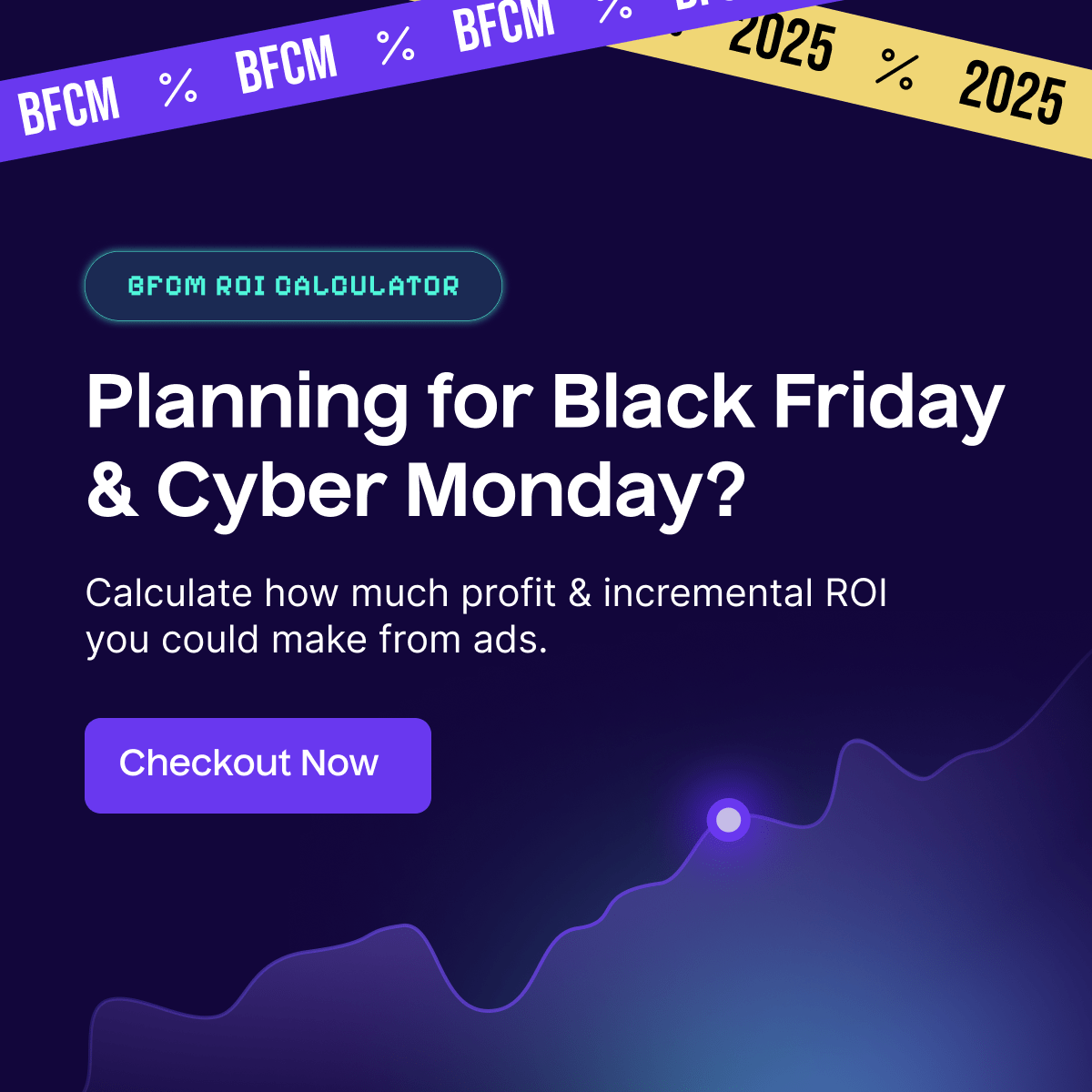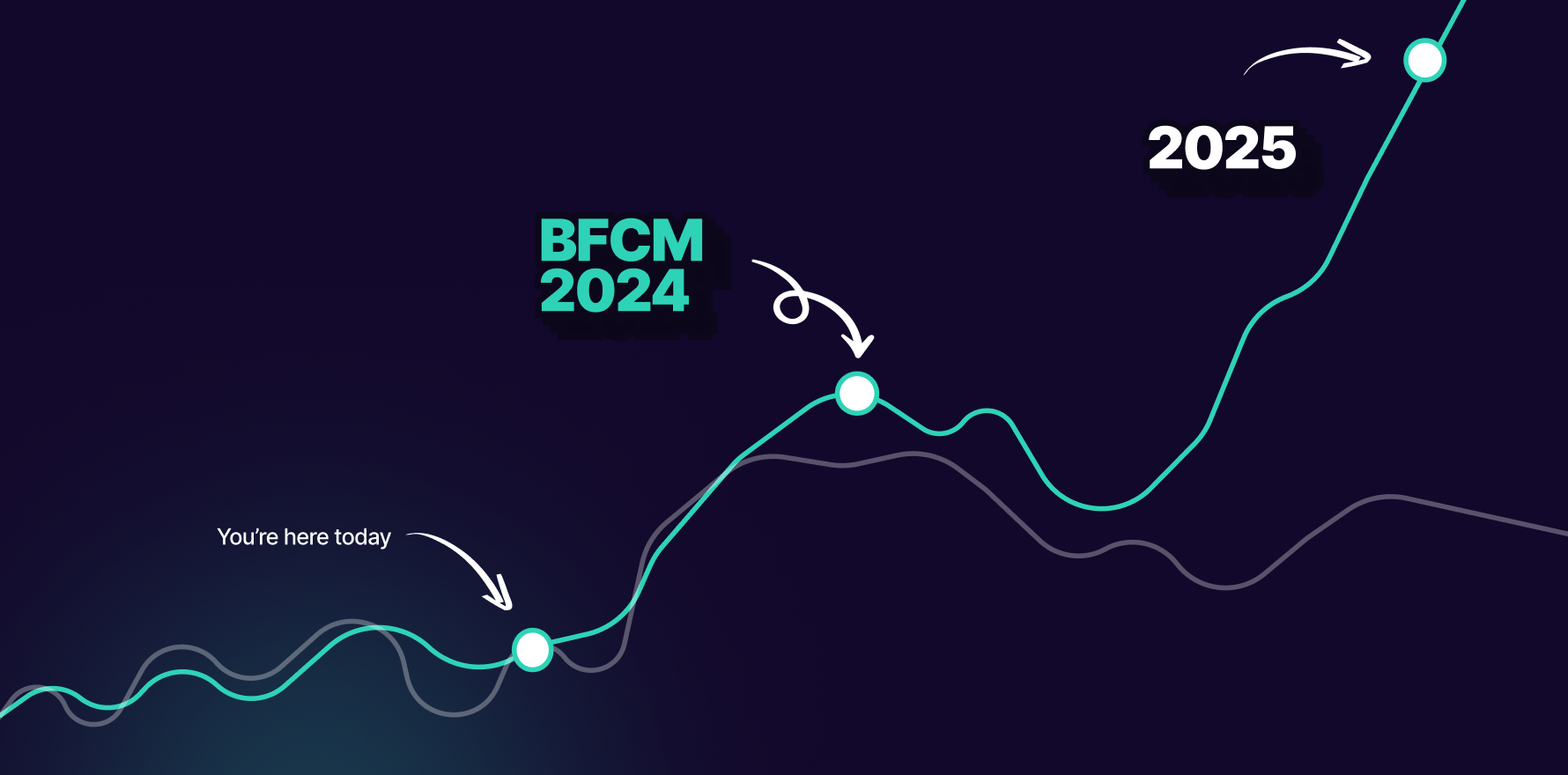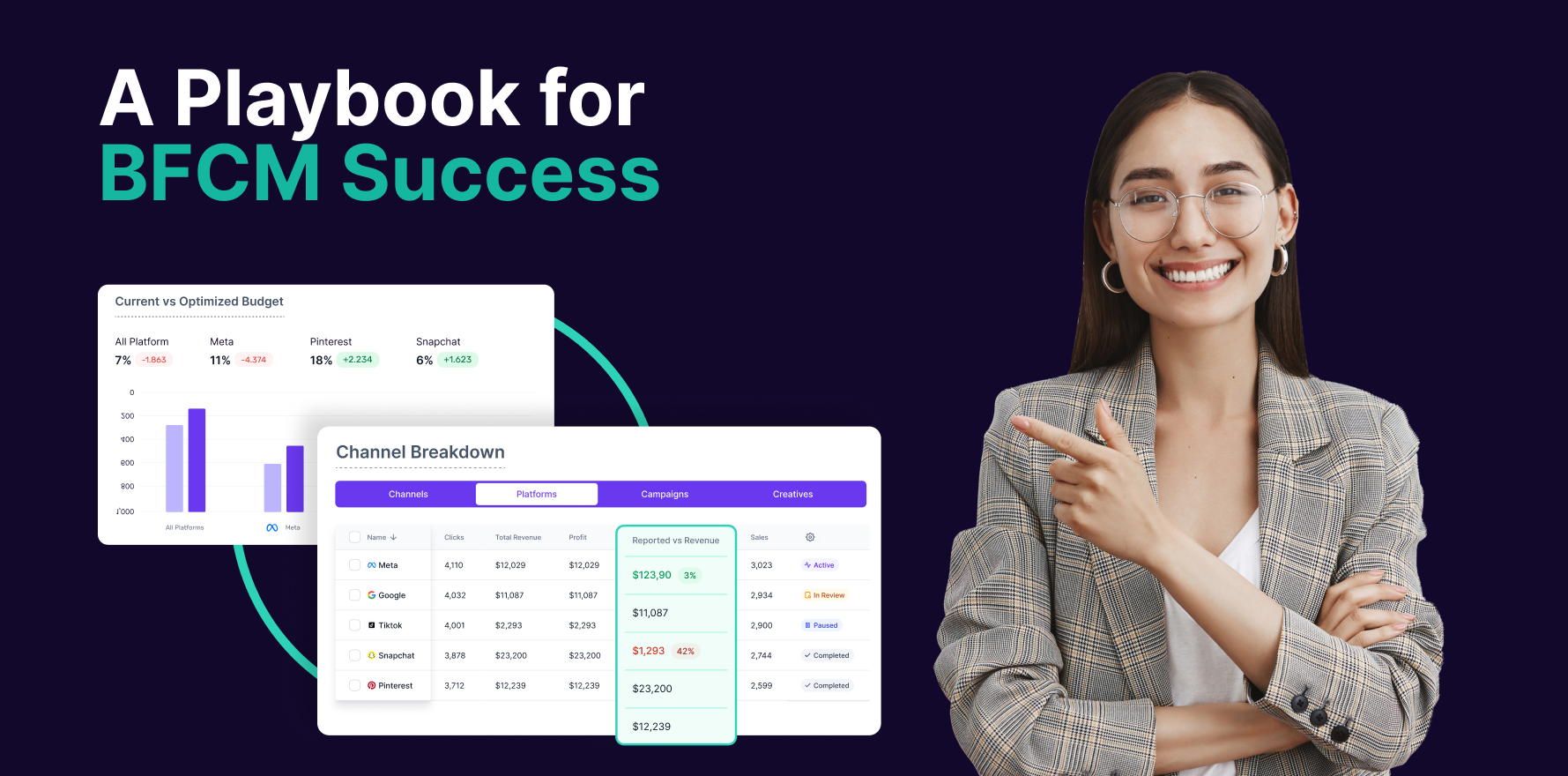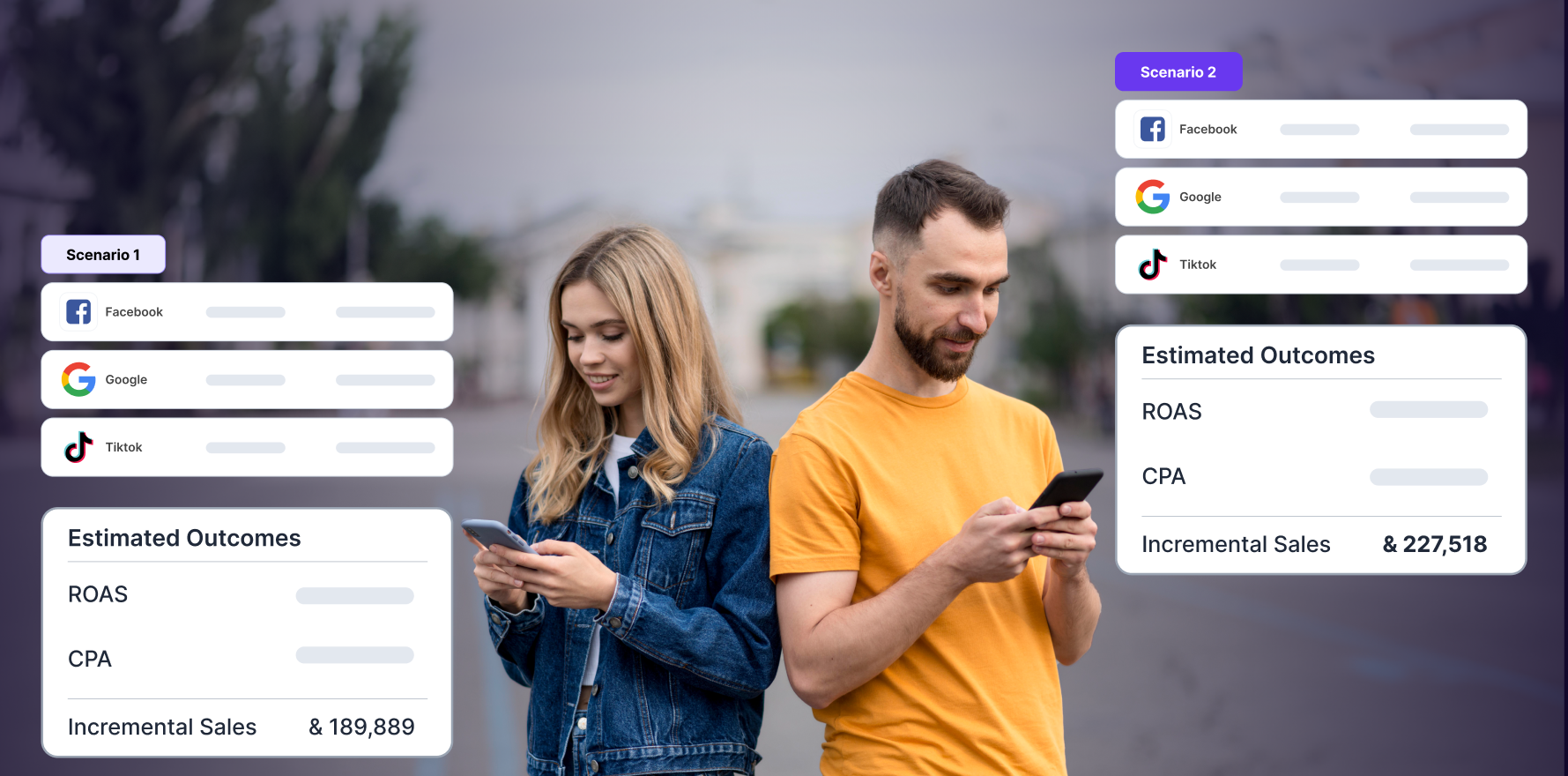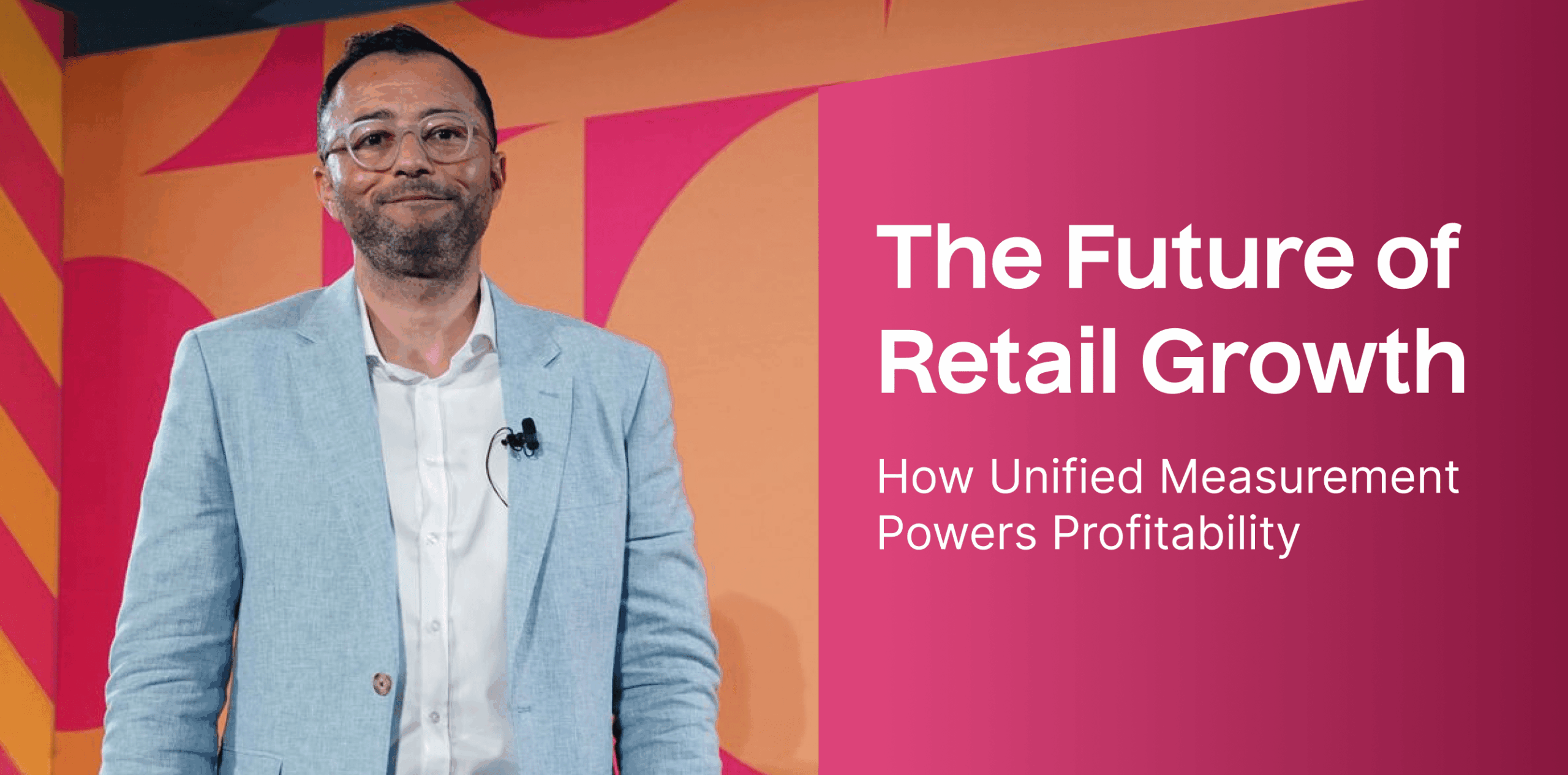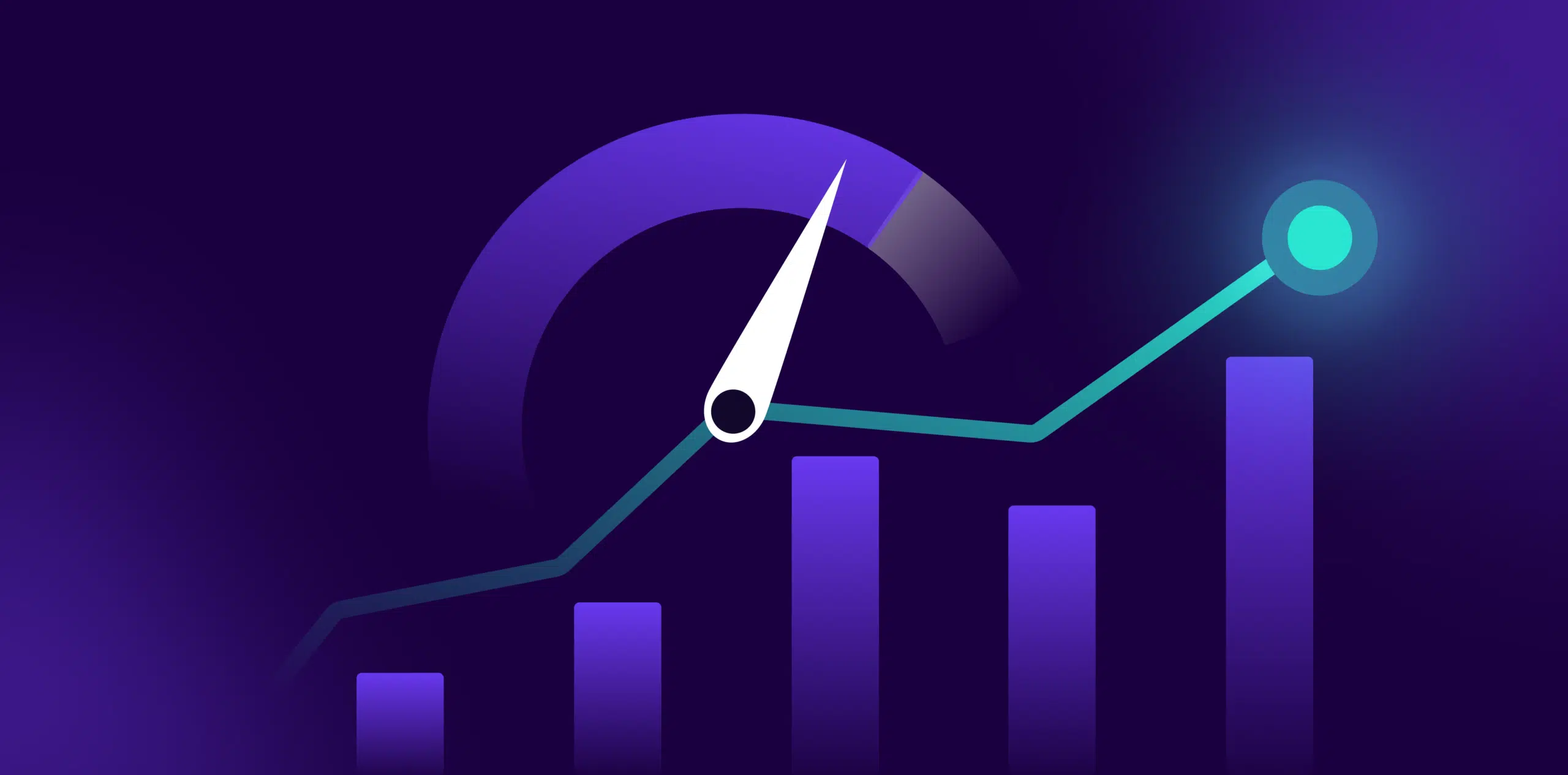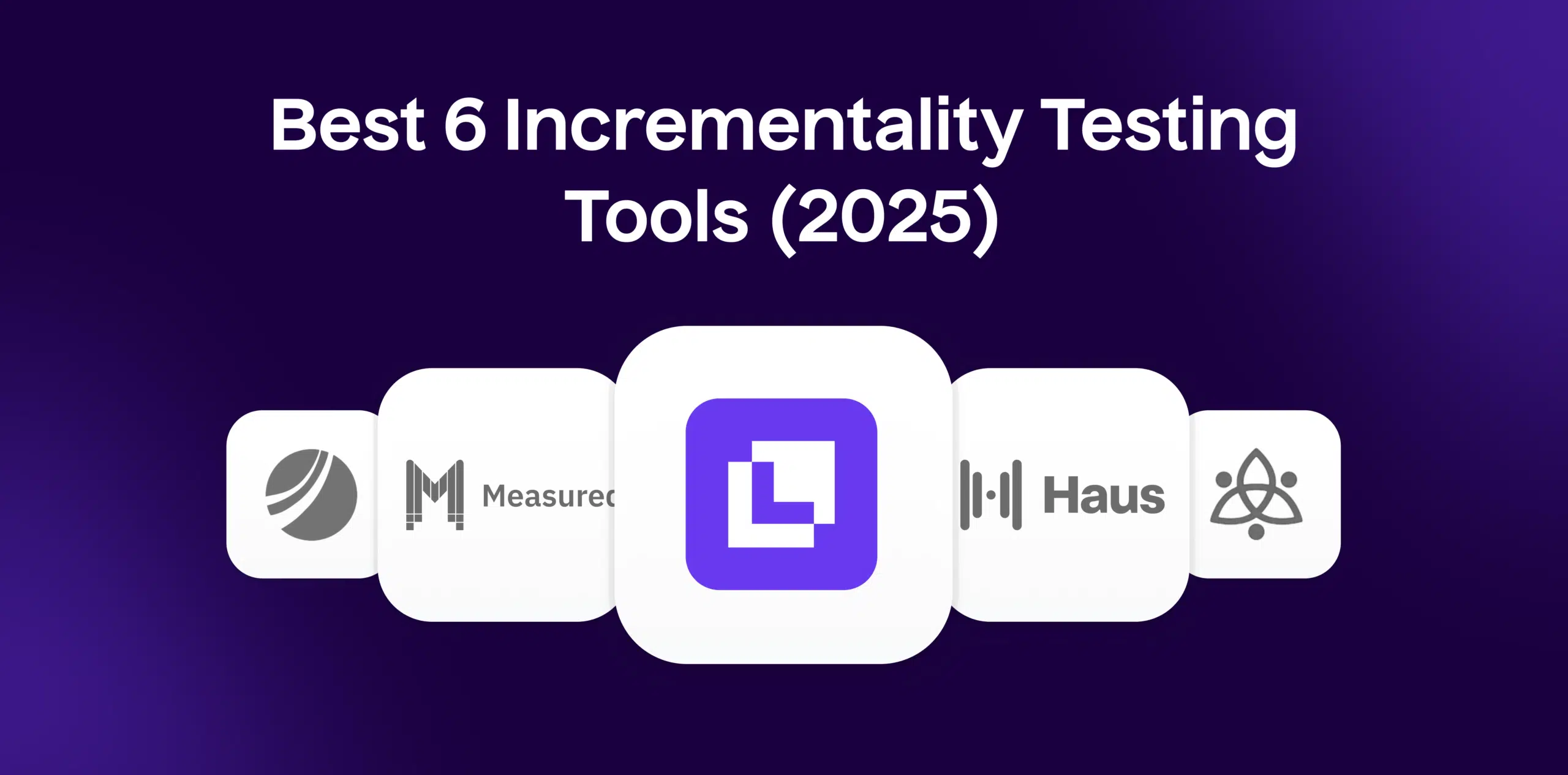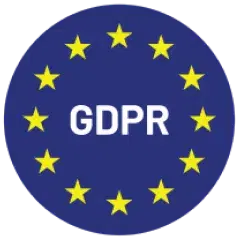What is Conversion Path?
A well-defined Conversion Path facilitates ecommerce retailers to optimize website design and develop persuasive marketing strategies that spur more consumers to enter the purchasing process. A holistic approach to conversion path optimization offers insights into customer behavior, helps to reduce shopping cart abandonment, and improves overall customer experience thus impacting the success of ecommerce stores.
Formula
Example
Let’s consider an example. A potential customer sees an ad on Facebook for a limited-time sale on an ecommerce site. They click the ad, gets redirected to the website’s landing page showing the sale items and offers a 10% off on first purchase. After browsing through the sale items, the customer adds a product to their shopping cart. They then receive an email confirming the added item and a reminder to complete the check-out process. They subsequently go the website, complete the purchase, and receive a thank you email with a discount coupon for the next purchase.
Why is Conversion Path important?
The importance of a well-defined and smooth Conversion Path lies in its influence on customer experience, conversion rates, and ecommerce success. It enables businesses to provide a seamless experience to customers, reducing friction in the buyer’s journey, and encouraging consumers to make a purchase. Higher conversion rates directly impact revenues, business growth, and customer base expansion.
Which factors impact Conversion Path?
Improving a Conversion Path involves identifying and analyzing key touchpoints, optimizing ecommerce website design, personalizing user experience, and effective marketing and retargeting strategies. Regular monitoring of consumer behavior, interaction, and feedback can provide critical insights into opportunities for improvement.
How can Conversion Path be improved?
Some of the factors that can impact the Conversion Path include website design, user experience, effectiveness of marketing strategies, quality of products, pricing, and customer service. Achieving a balance between these factors can ensure a successful, optimized Conversion Path.
What is Conversion Path’s relationship with other metrics?
The Conversion Path is closely related to other key ecommerce metrics like Conversion Rate, Bounce Rate, Average Order Value (AOV), and Customer Retention Rate (CRR). A well-optimized Conversion Path often results in higher Conversion Rates and AOV, lower Bounce Rates, and improved CRR.
Free essential resources for success
Discover more from Lifesight
